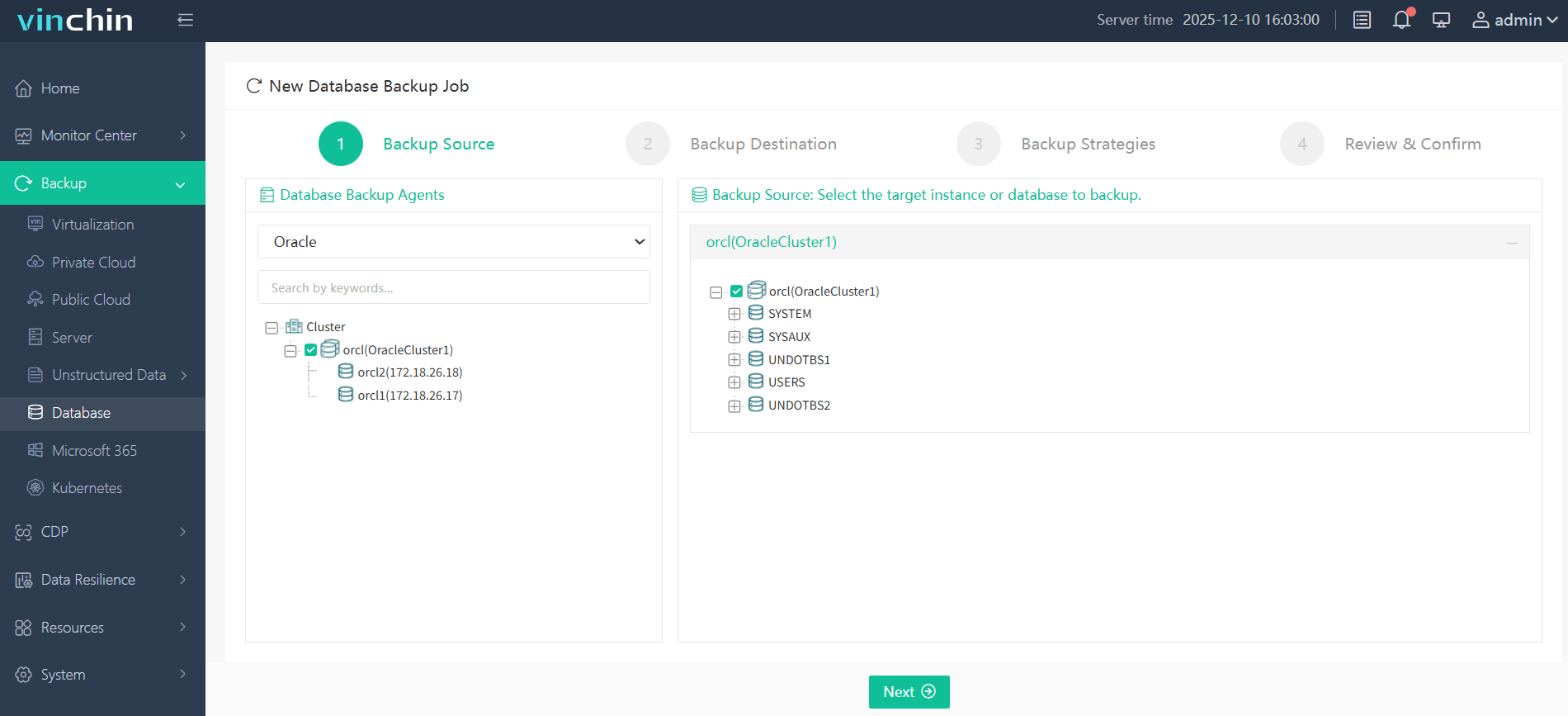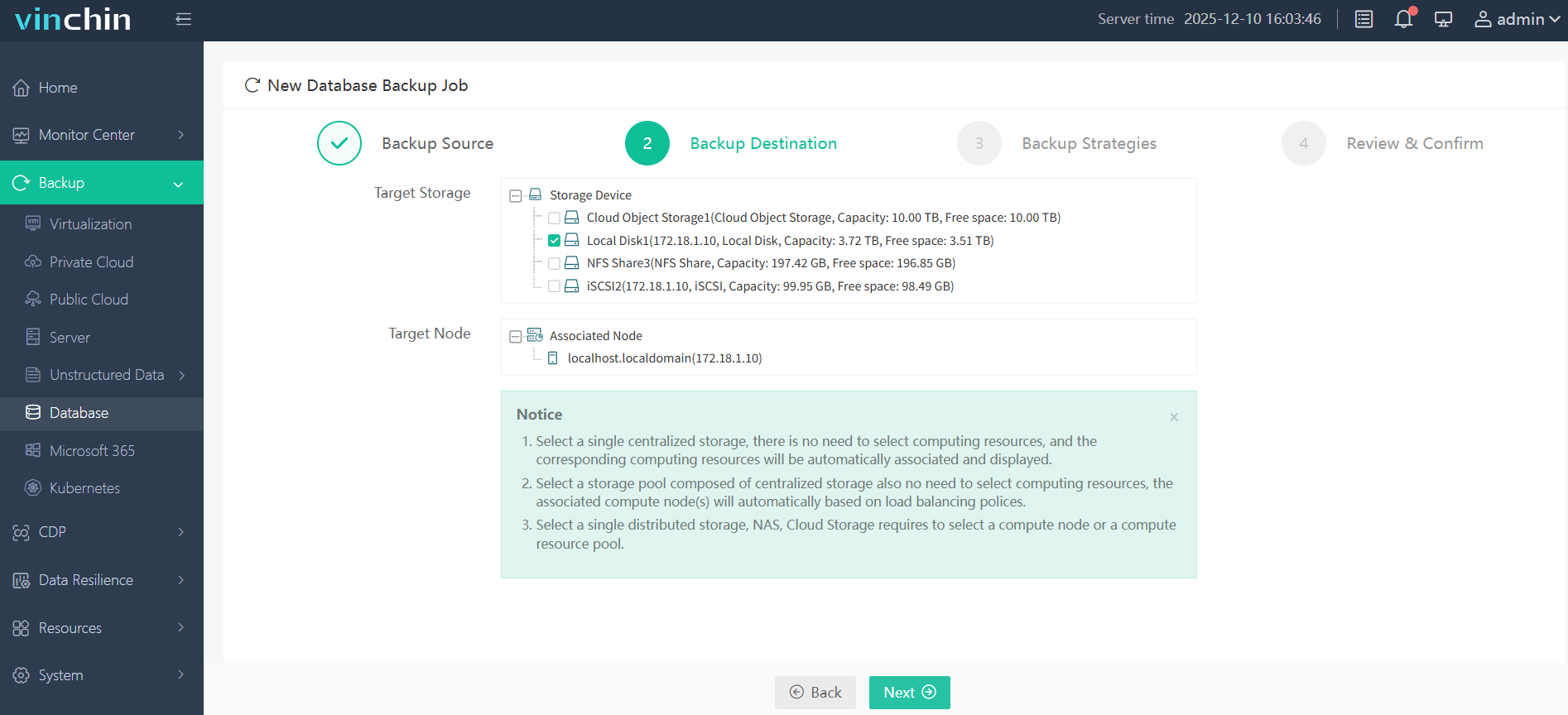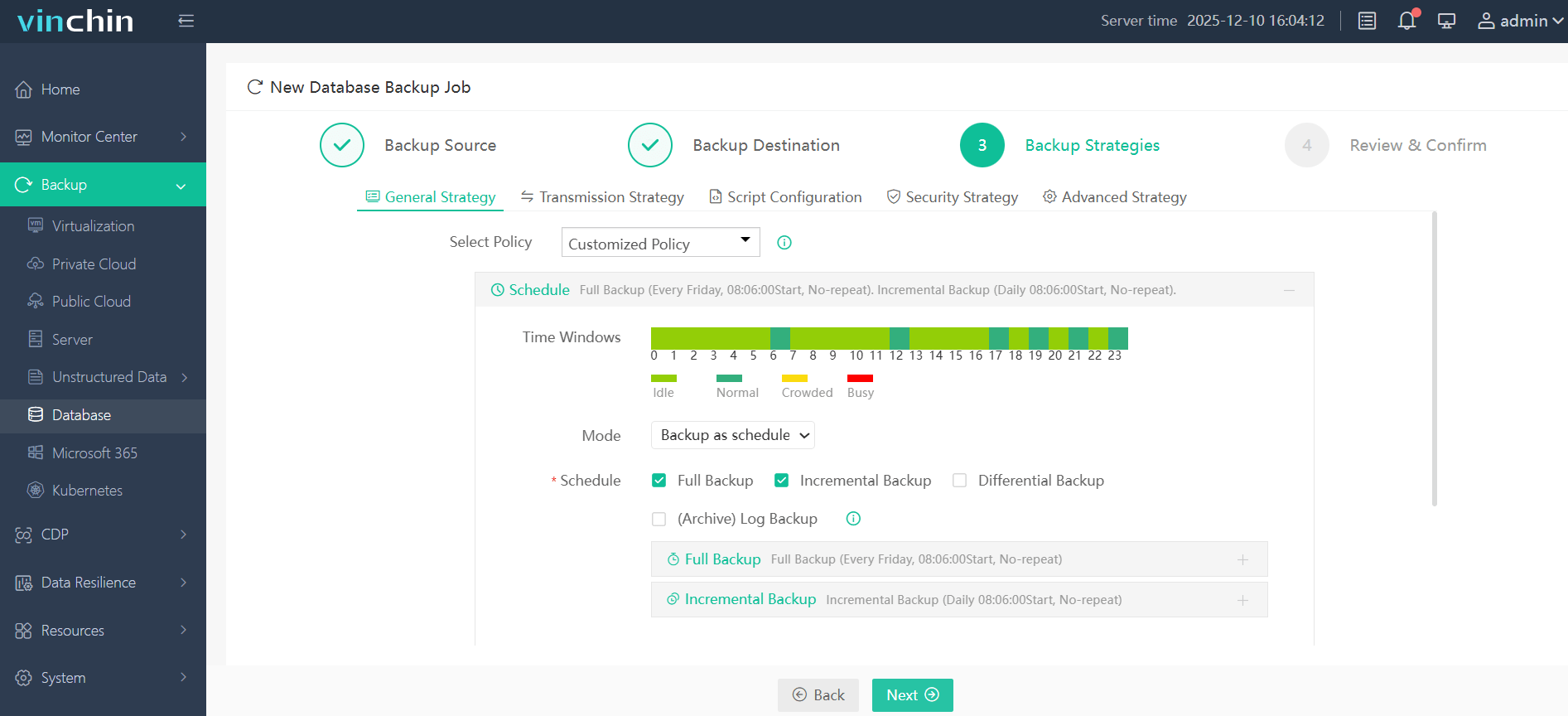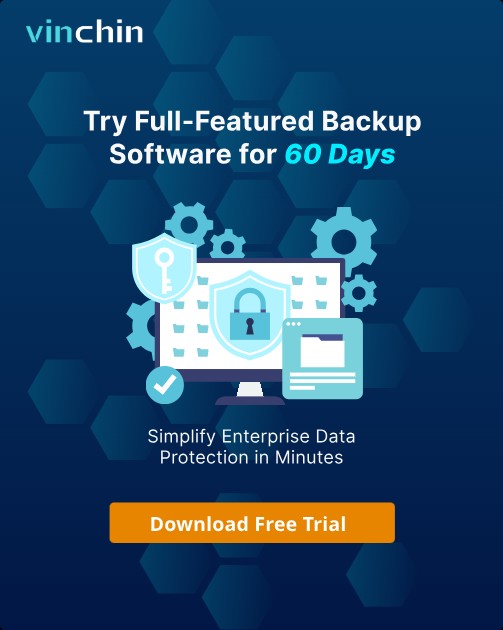-
The Importance of Oracle Disaster Recovery
-
Three Types of Oracle Disaster Recovery Technologies
-
In-Depth Comparison of Disaster Recovery Technologies
-
Professional Oracle Disaster Recover Solution
-
Oracle DR FAQs
-
Conclusion
Oracle Database Disaster Recovery is a critical aspect of enterprise data management, ensuring business continuity and data integrity in the event of system failures, disasters, or human errors.
The Importance of Oracle Disaster Recovery
Downtime and data loss can have devastating consequences—financially, operationally, and reputationally. Whether caused by hardware failures, natural disasters, cyberattacks, or human error, disruptions to Oracle databases can impact core business functions. Oracle DR ensures that organizations can recover data and restore services within acceptable timeframes, known as RTO and RPO.
A well-designed Oracle DR plan helps:
Minimize downtime and service disruption
Ensure data consistency and integrity
Comply with regulatory and governance requirements
Maintain customer trust and business continuity
Three Types of Oracle Disaster Recovery Technologies
For Oracle database disaster recovery, we can consider it from the perspectives of Data Guard, GoldenGate, and CDP.
Oracle Data Guard provides a data synchronization technology to achieve high availability, enhanced performance, and automatic failover for Oracle databases. It creates and maintains multiple standby databases for the primary database. Changes made to the primary database can automatically transmit information to the standby database without data loss during the process.
Data Guard offers two types of standby databases: physical standby and logical standby. Although both ensure data consistency between the primary and standby databases through archived logs, their processes differ: one is through physical disk replication, and the other achieves data synchronization by regenerating SQL transactions.
GoldenGate is a log-based structured data replication technology. It parses the source database's online logs or archived logs to capture incremental changes and then applies those changes to the target database, thereby achieving synchronization between the source and target databases. GoldenGate supports real-time replication of large volumes of data (with delays generally under 5 seconds) across heterogeneous IT infrastructures—including almost all mainstream operating systems and database platforms. It can be used in various scenarios such as emergency systems, online reporting, real-time data warehouse provisioning, transaction tracking, data synchronization, centralization/distribution, and disaster recovery. Since GoldenGate captures changes by analyzing and filtering logs, it supports cross-platform database replication and synchronization of non-Oracle databases.
CDP (Continuous Data Protection) is an emerging and currently one of the hottest data protection technologies. It is generally defined in the industry as a method that captures or tracks data changes and stores them independently of production data to ensure data can be restored to any point in time in the past. CDP systems can be implemented at the block, file, or application level, providing recovery objects with fine-grained restore options and virtually unlimited recovery points.
Due to Oracle's strict requirements for read-write consistency, CDP vendors typically invoke the snapshot technology introduced in Oracle 9.2, which allows the creation of a consistent image (note: it must be a consistent image) at a specific point in time while the database is running normally. Oracle supports restoring from this consistent image using "recover database" to achieve consistent recovery.
In-Depth Comparison of Disaster Recovery Technologies
Although all three technologies implement disaster recovery for databases, they each have unique features and differ in the following aspects:
Basic Principles
Oracle Data Guard uses Oracle's archive logs and transmits them via Oracle Net; Oracle GoldenGate captures archive logs and analyzes their changes using its own proprietary transmission method; CDP synchronizes data through database imaging, with archiving and transmission strategies handled by the CDP software.
With Oracle Data Guard, whether using physical or logical standby, the standby database can at most be in a read-only state and does not support simultaneous read-write access, resulting in only one database (primary or standby) being active at a time. Oracle GoldenGate, due to its implementation method, allows both source and target databases to be active, enabling real-time queries and reporting on the backup side, thereby improving overall system performance and utilizing backup resources effectively. It supports simultaneous data writing at both ends. CDP, since it operates at the OS level, cannot enable dual-active databases—only one database can be active at a time.
Switching Timeliness
Data Guard requires a change in database state to make the standby database readable and writable during a switch. Oracle GoldenGate can immediately switch servers when an issue occurs. CDP requires the entire system state to be changed for the standby system to become available.
Support for Heterogeneous Databases
Data Guard restores the primary database logs on the standby machine using physical and logical methods, thus it does not support heterogeneous databases or operating systems. GoldenGate analyzes the primary database logs to generate tail files and therefore supports heterogeneous databases and operating systems. CDP synchronizes data at the OS level, so it does not support heterogeneous databases or operating systems.
System Resource Usage
Data Guard consumes a portion of database resources during data synchronization, such as LGWR, ARCN, and Net manager processes or services, significantly impacting database performance. GoldenGate and CDP use dynamic monitoring methods and thus consume fewer resources.
Archive Mode Requirements
Since Data Guard and GoldenGate both rely on logs for data synchronization, they require Oracle to be in archive mode. CDP, due to its implementation method, does not have this requirement.
Professional Oracle Disaster Recover Solution
Vinchin Backup & Recovery provides an efficient backup and disaster recovery solution for Oracle databases and OLVM, ensuring business continuity and data security. It supports full, incremental, and differential backups of Oracle databases, making the backup process simple and efficient. With built-in deduplication and compression technology, Vinchin optimizes storage space utilization, reduces the size of backup files and data transfer time.
In terms of disaster recovery, Vinchin supports cross-platform recovery and off-site recovery, Combined with its flexible recovery strategy, users can quickly recover Oracle databases when disasters occur, reducing downtime and data loss risks. In addition, the visual management interface provided by Vinchin makes backup and recovery operations intuitive and easy to use, making it easier for IT administrators to monitor and manage multi-site disaster recovery tasks.
It also supports VMware, Hyper-V, XenServer, XCP-ng, oVirt, RHV, OpenStack, Proxmox, etc. and NAS, file server, Linux & Windows Server. More features waiting for you to discover
It only takes 4 steps to backup Oracle database with Vinchin Backup & Recovery:
1. Select the backup object.

2. Select backup destination.

3. Configure backup strategies.

4. Review and submit the job.

Come on and experience the full capabilities of this robust system with a complimentary 60-day trial! Contact us with your requirements, and you will receive a tailored solution for your IT landscape.
Oracle DR FAQs
1. What are the differences and applicable scenarios for RMAN backups and Data Pump backups?
RMAN is Oracle's recommended tool for data protection. It supports point-in-time recovery within a specified time range using backup data. RMAN offers strict validation during backup and recovery processes, ensuring maximum data integrity, consistency, and applicability, while also simplifying centralized backup and recovery management.
On the other hand, EXP/EXPDP (Data Pump) is positioned by Oracle primarily as a data migration tool. For backup and recovery purposes, Data Pump can only restore the database to a single point in time and does not support flexible point-in-time recovery within a time range. Strictly speaking, Data Pump is not considered a reliable data protection method; rather, it serves more as a temporary or last-resort safeguard.
2. Which method is simpler and faster for Oracle database backup and recovery — EXP/IMP, RMAN, or another method?
The choice should be based on your system's RTO requirements. A combination of logical export (EXP/EXPDP) and RMAN is often ideal. The EXP method requires storing files locally or uploading them after local storage, which consumes disk space. However, for cross-platform recovery, EXP is more flexible.
RMAN excels in preventing logical errors and is often used in conjunction with backup software for centralized data management. For centralized backup management, RMAN is the most effective and reliable option.
Although EXP/EXPDP is simpler to operate, it offers weak support for continuous data protection.
Conclusion
When building a practical disaster recovery system, real-world factors must be considered. For example, although Oracle GoldenGate supports bidirectional replication, if a network failure occurs and causes issues with the link, how to handle data discrepancies between the primary and standby databases once the network is restored is not something the database can resolve on its own. Therefore, in selecting the appropriate solution, one must take into account actual conditions and user requirements to tailor the Oracle disaster recovery plan accordingly, thereby achieving a more targeted and effective approach.
Share on:






